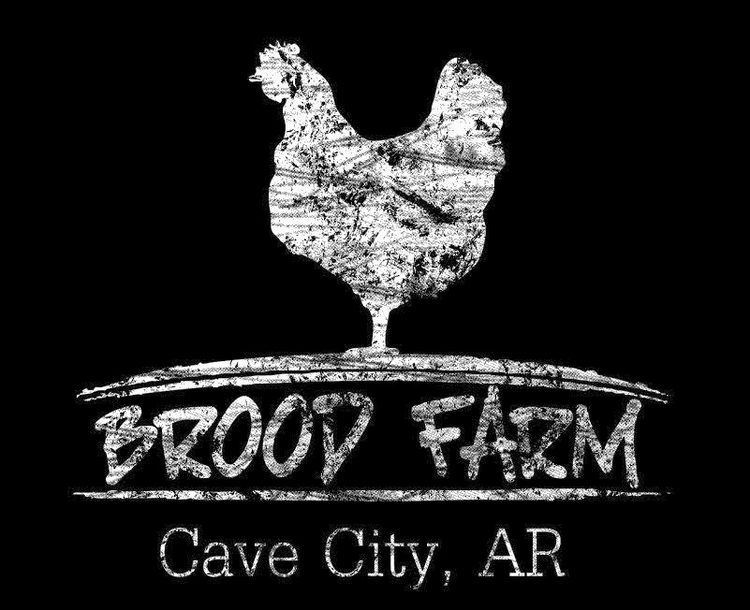You know what they say: waste not, want not.
We as Americans don't seem to ascribe to this philosophy, though. I read a sobering statistic that stated that despite all of our mothers reminding us to remember the poor starving children in Africa as we push our peas around our plates, nearly 40% of food produced in the U.S. is wasted. It either isn't "pretty" enough to make it to the shelves, gets tossed during processing, goes bad in our own refrigerators, or is tossed from grocery store shelves after its "best by" date. As a whole, we are waste-ers, yet we still want for nothing. We take most of our resources for granted.
Homesteading, even on a small scale, has a way of exposing that error and reteaching us the value of the resources God has given us. Take for example, the chicken. I can tell you this: since we've been raising our own chickens in the backyard, slaughtering them with our own hands, and cooking them in our kitchen, we've wasted not a single shred of their meat.
Understandable, right? I mean, we didn't research and select the perfect breed, rejoice in the chicks arrival, settle them into the warm brooding box, feed them daily, watch them grow, laugh at their antics, research humane slaughter practices, employ those practices with our own knives and hands, package, freeze, thaw, and cook them only to let the leftovers go bad in the fridge and become food for the garbage disposal. I mean, those chickens were intended to feed us!
Just because we may not always see the process involved with the production of our food, this is all still true -- it was intended to feed us. Out of respect for the system God put in place to feed us, the animals that give their lives to do so, and the people involved in the production of our foods, we ought to strive to minimize our waste.
All of this ranting eventually brings me to this: today I was able to make use of some of the chicken parts that we don't eat -- wasting them not, if you will.
If I'm not cooking a bird whole, I'll thaw it and then cut it into its 8 traditional pieces: 2 thighs, 2 legs, 2 breasts, and 2 wings. That leaves me with the back. Ever considered a chicken back? When you look at one skinned, you can see that it does actually have some meat on it, but it's just so hard to get to.
As I cut the back out of a bird, I throw it back into the plastic storage bag and back into the freezer from whence it came. Today, once I had collected 4-5 chicken backs, I used them to make chicken broth, using my usual recipe.
For basically the cost of a couple of celery stalks and carrots, I was able to make use of chicken parts that would otherwise have been thrown out. (Sidenote: You can also use the neck and/or bones leftover from other recipes.)
I usually freeze my broth, but I've been in such a canning mood lately that I decided to put some up in jars to use on those days when I've not had the forethought to thaw out any broth. I used both quart and pint jars because my go-to bean recipes call for either 4 or 6 cups of broth, so this way I can use either just a quart for the 4 c. recipes or a quart and a pint for the 6 c. recipes. (We've gotten into a pattern of having some type of beans every Monday -- it's a carryover from our New Orleans days!)
To can broth, you need a pressure canner. Fill hot, sterilized jars with hot, freshly prepared broth, allowing 1" headspace. Add lids and rings and process for 25 minutes at 10 lbs. of pressure.
Voila! Chicken broth at-the-ready in your pantry. And, it comes complete with that warm, fuzzy feeling you get from knowing that you made use of the whole sha-bang, (or chicken, in this case. :)





















